Today Philips Hue introduced its first chain of lights, the Festavia. And the manufacturer from Eindhoven assures that they are ready for the Christmas season: from Friday, 11 November 2022, the Philips Hue Festavia should be available for order in the official online shop. Delivery should then take place the following week.
How long is the Festavia string lights?
From the first to the last LED, the string lights is 20 metres long. A small LED is installed every 8 centimetres, 250 in total. From the first LED to the ZigBee controller it is about 240 centimetres, then about 70 centimetres to the power supply unit and from there about 150 centimetres to the plug. The Hue Festavia is now also available with 100 LEDs in 8 metre lengths and as a 4
Philips Hue Festavia String Lights
from $219.99 / €119.99 / £109.99
Can the string lights be extended or shortened?
Philips Hue states that the string lights is designed for trees with a size of 210 centimetres. If your tree is larger or smaller, the distance between the individual lights is also slightly larger or smaller. The Philips Hue Festavia cannot be shortened or lengthened.
What options are there for particularly large trees?
In principle, it is possible to use several of the 159.99 euro fairy lights in one system. Practical: The connections of the low-voltage system are used between the power supply unit and the controller. So T-pieces, extension cables, another string lights or even other low-voltage light sources can be connected here. And if you take care when hanging it on the tree, it should also look great with two fairy lights.
Can the Philips Hue Festavia also be used outdoors?
Due to the cable used and the possibilities associated with it, it would of course be practical if the Philips Hue Festavia could also be used in the garden. However, there is only an IP20 protection and thus the string lights is only suitable for indoor use. Whether there will be an outdoor version is currently still open – but for me it would be the next logical step.
The second generation of Hue Festavia, which was launched in autumn 2023, is officially suitable for outdoor use.
How is the Philips Hue Festavia controlled?
In principle, the string lights is controlled like any other Philips Hue light. Colours, dimming function, automations and linked accessories, but also gradient colour gradients are possible. In addition, the Festavia is the first Hue product to master the so-called diffuse mode. Here, you can select five colours, which are then distributed over the 250 LEDs in a colourful mix. If you prefer a more classic look, you can also let the string lights sparkle in white tones with the Sparkle effect.
How bright does the Philips Hue Festavia shine?
The manufacturer does not provide an exact lumen specification, but that is not really important for such a product. My impression: The Festavia shines as brightly as a string lights should. Of course, the greatest brightness is achieved in cold white tones. This is also where the maximum power consumption of 15 watts is reached. Experience has shown that the power consumption is significantly lower with warm white tones and colours.
What is the best way to store the fairy lights?
In order to store the string lights properly after Christmas, Philips Hue has come up with something. The box contains a kind of cardboard wheel on which you can simply roll up the string lights. In addition, the box is large enough to comfortably hold the cable, controller and power supply.
What do you do with the fairy lights for the rest of the year?
Of course, the Philips Hue Festavia can not only be used during the Christmas season, but also all year round. For a slightly different look, I could imagine an accessory like the Twinkly MiniCaps. It’s possible that the competitor’s accessory might even fit, I will definitely try it out.
Do you have any further questions? Then feel free to write a comment under this article. I will try to provide you with the answers as soon as possible.
Philips Hue Festavia String Lights
from $219.99 / €119.99 / £109.99


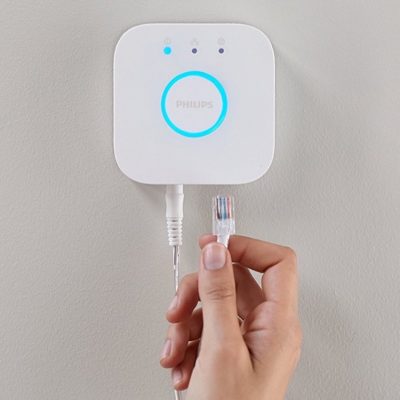

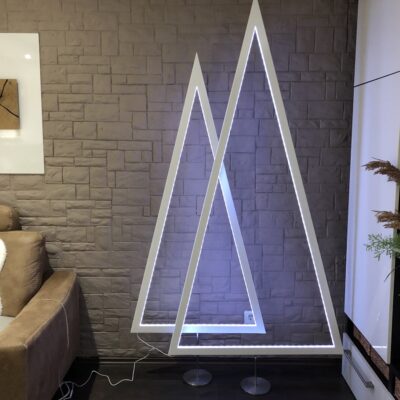
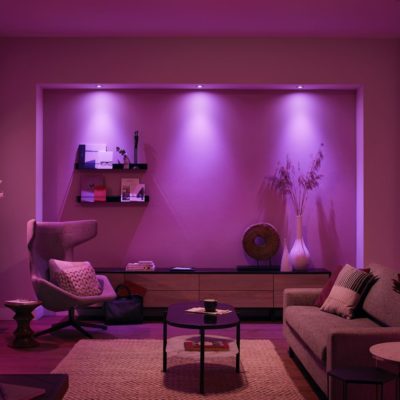


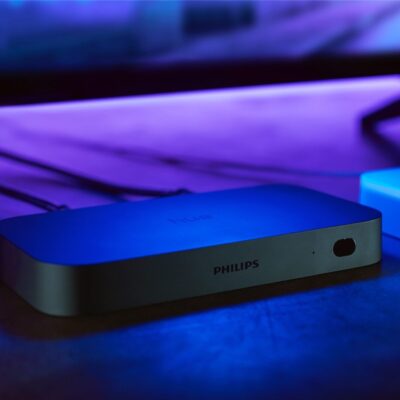

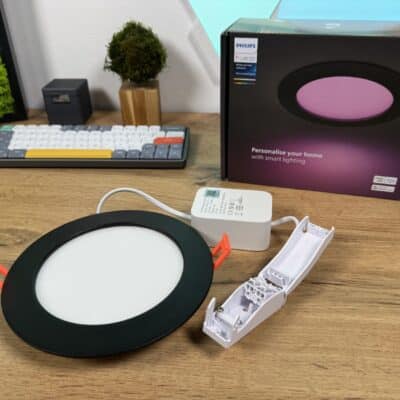

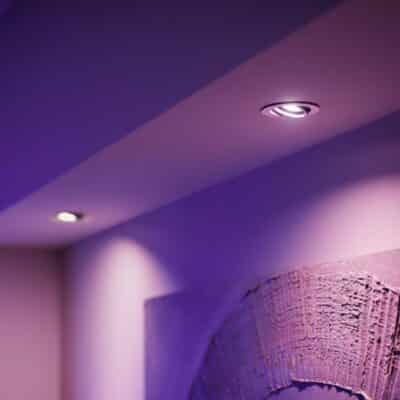


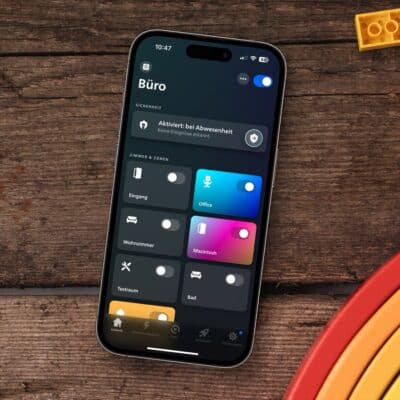

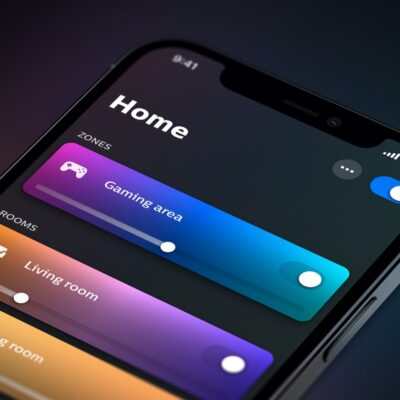



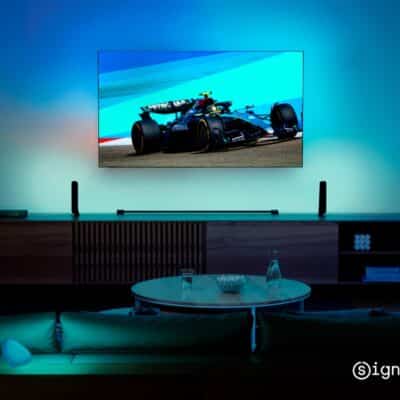
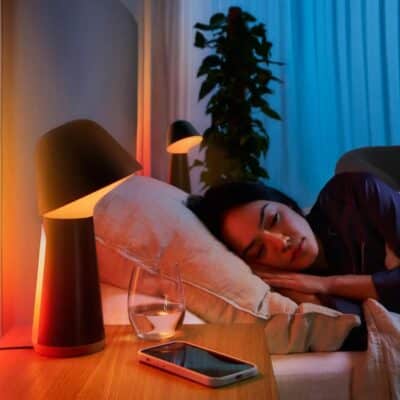
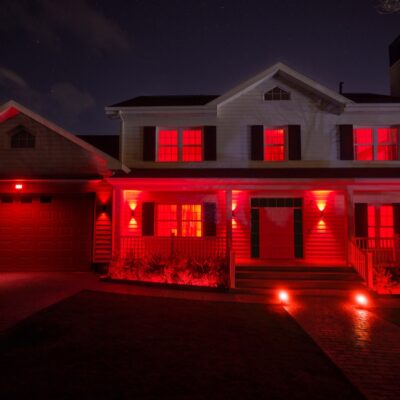

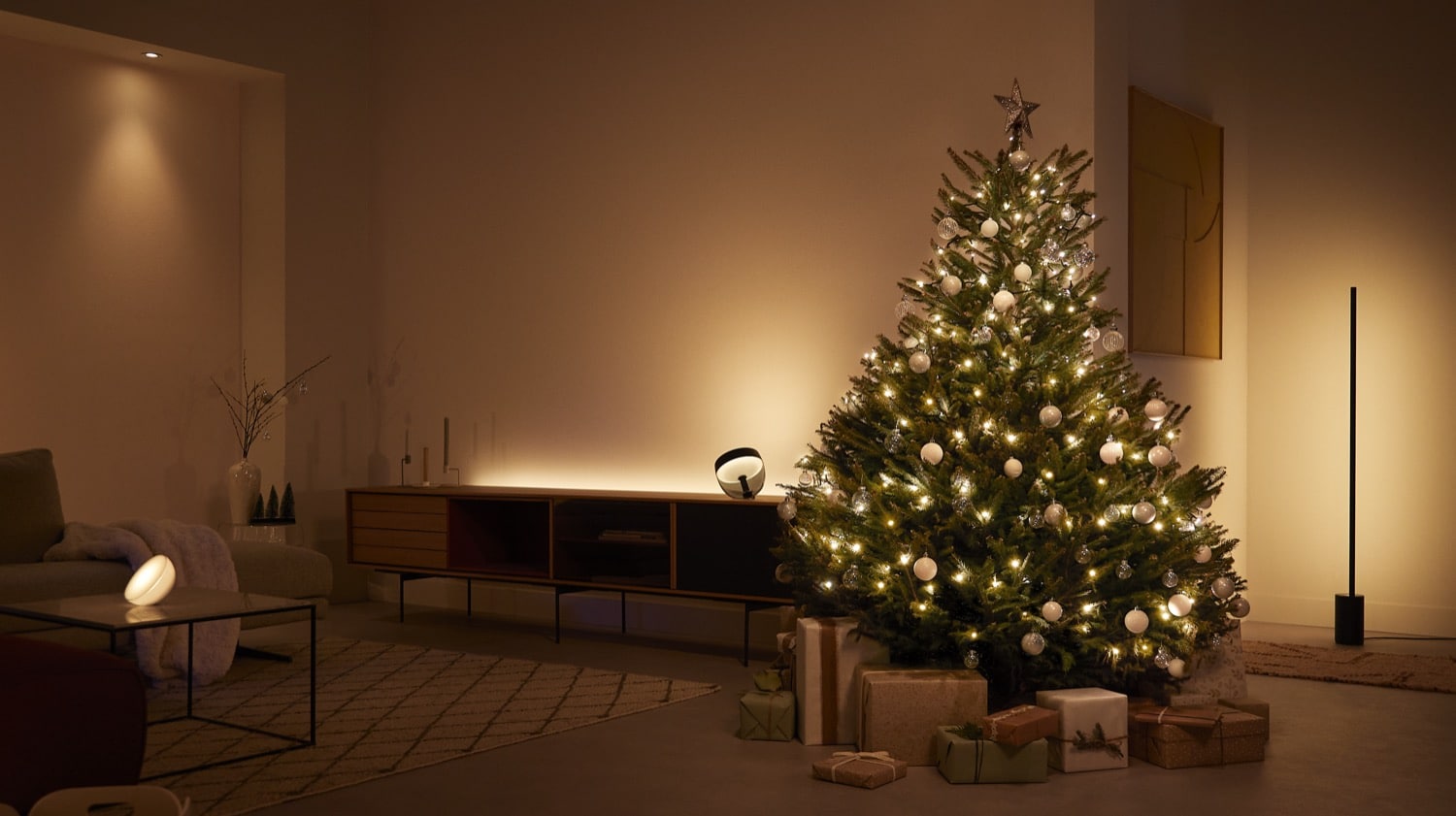



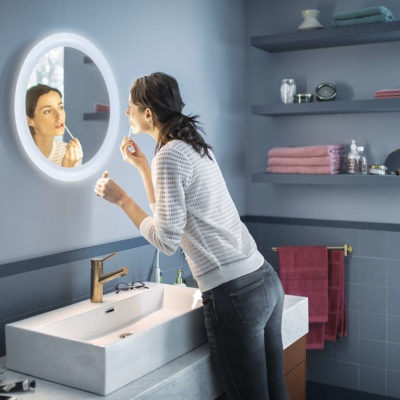

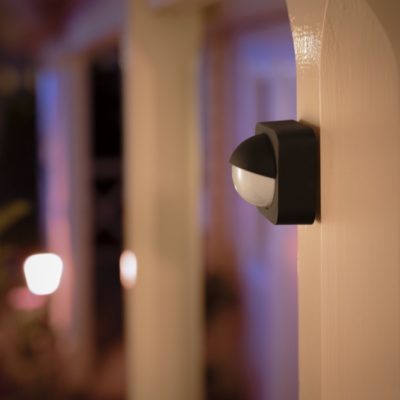
Hi, question: is the Hue Bridge required for this product, or can it be controlled through the Apple Home app (or Hue app) only by using the lights itself, like some other Hue products?
You don’t need a Hue Bridge, you can control Festivia via Bluetooth. But some features, like Apple Home, require a Hue Bridge.
Can my electrician cut off a six meter piece and use wire nuts to seal the end of the wires ? Will it still work?
Are the lights wired in parallel?
Thank you
I have no ideal if that works, but what I can say is that the LEDs auf wired in series-parallel.
I’ll try to have a closer look once I have a Festavia, but I suspect they took advantage of individually addressable LEDs.
You can learn more about how these work in the following video: https://www.youtube.com/watch?v=DCsjd79aUlc
If they are that kind of LEDs, it means the wires are GND, V+, Control. The LEDs are then in parallel on the two power wires, but in series on the control wire.
The control sends commands for all LEDs sequentially in batch, each LEDs will catch the first color value command it receives and let all following commands pass through on to the following LEDs (greedy processing).
Basically the controller sends all 250 colors/states, and each LED, starting with the LED closest to the controller, captures the one it is supposed to handle, and forwards the following ones to reach the remaining LEDs.
From my understanding, unlike the Gradient Lightstrip, if the Festavia control wire is cut or damaged, the controller will have no way of knowing there are less LEDs than originally planned. The commands will still be processed by the remaining LEDs in order, and commands for missing LEDs will just pass through to the end of the line with no effect.
Of course, they might use another protocol altogether, as individually adressable LEDs basically have a microcontroller in each LED to process the commands on that serial wire. Also, since the controller still believes there are 250 LEDs, its gradient colors effects will be designed to span the whole 250 LEDs. Only the Sparkle and Scattered effects will stay interesting, as the Linear style will not resize the effect to the effective length remaining.
Note this is all just speculations from information on individually addressable LEDs and Festavia pictures and power consumption information available online, I haven’t tested how they react and don’t plan to cut my string lights once it arrives.
I finally got a Festavia and could have a look at the wirering.
TL;DR is do not attempt to shorten the Festavia, cutting it will likely break it, and rewiring it with fewer LEDs is very likely to make it appear to work for a short time but break it as well.
There are only 2 wires coming out of the the control module. The first and last LEDs have 3 wires while every other LED seems to have 4.
Classic individually adressable LEDs are packages with 4 pins, the power goes in parallel to all of them, and the control goes in series through each one. This would require 3 wires going in and 3 wires going out of each LED. Festavia has 2 wires going in and 2 wires going out, along a 3rd wire that just seems to go all the way to the last LED without being connected to any other LED.
If the LEDs are in series and the control is sent as fluctuation over the +V wire, then why use a 3rd wire that runs all the way to the last LED? They could have managed that as 2 wires for the whole length instead of 3.
Maybe they have some kind of ring circuit, and needed to separate the control wire to keep it reliable as the +V wire probably gets very low with all the voltage drops of the LEDs in series?
I’d be curious to see the wiring of the whole string, but don’t want to destroy mine.
In either case, I’d assume the whole string works as a ring and may be designed with the voltage drops of LEDs in series. This means cutting it would break it, and shortening it, properly reconnecting the LEDs in the same fashion, would likely change the voltage each LED module receives, which would damage them and break the string as well.
We will get more insight once someone has a damaged unit, as I suspect a broken LED will either make the whole string stop working, or will short that LED module, putting more strain on the remaining ones, and accelerate an avalanche effect of the other LEDs breaking as well.
WHere can I buy. Out of stock always. and it’s impossible to delivery in belgium from another country in europe. Pffffff marketing ‘s god. Short stock to create a need. GRRRRRR
Hey @Fabian, did you ever get around to testing if the Twinkly MiniCaps fit on the Hue Festavia?
Yes, they fit.